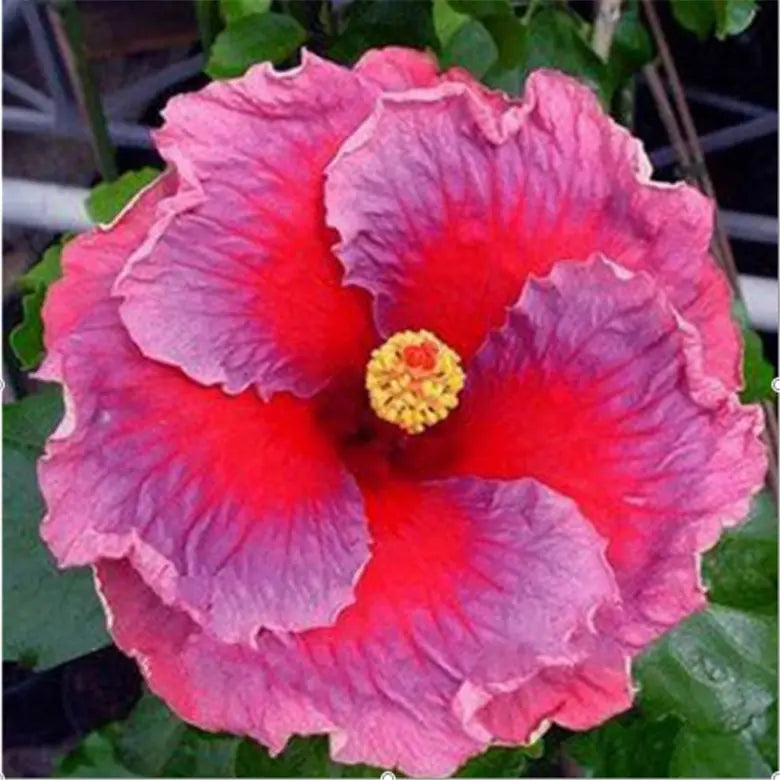Sejahtera Seeds and Bulbs
20 HIBISCUS FLOWER SEEDS rare exotic bloom plant "Red"
20 HIBISCUS FLOWER SEEDS rare exotic bloom plant "Red"
Couldn't load pickup availability
Includes: 20 Seeds, Instructions for germination and care.
Condition: DRIED, ZIP SEALED, AND SAFELY STORED
Germinating hibiscus seeds can be a rewarding but somewhat challenging process. Hibiscus seeds often have a hard outer coat that can be difficult to penetrate. Here's a step-by-step guide on how to germinate hibiscus seeds:
-
Scarification: Many hibiscus seeds have a hard seed coat that can inhibit germination. To break this dormancy, you can scarify the seeds by gently scratching or nicking the seed coat with a nail file or sandpaper. This helps water penetrate the seed coat.
-
Soaking: After scarification, you can soak the seeds in warm water for 24 hours. This will further soften the seed coat and promote germination.
-
Planting: Fill small pots or seed trays with a well-draining seed-starting mix. Plant the scarified and soaked seeds about 1/4 inch deep in the soil. You can plant multiple seeds in each pot or tray. Cover the seeds with a thin layer of soil and gently press down to ensure good seed-to-soil contact.
-
Temperature and Light: Place the pots or trays in a warm location with temperatures between 70-80°F (21-27°C). Provide bright, indirect light to the seeds. Avoid direct sunlight, which can be too harsh for young seedlings.
-
Moisture: Keep the soil consistently moist but not waterlogged. Use a spray bottle to mist the soil surface to maintain moisture levels without disturbing the seeds.
-
Germination Time: Hibiscus seeds can be slow to germinate, and it may take several weeks to a couple of months for them to sprout. Be patient and maintain the appropriate conditions.
-
Transplanting: Once the seedlings have developed several true leaves and are large enough to handle, transplant them into individual pots or into the garden if the weather is suitable.
Share

